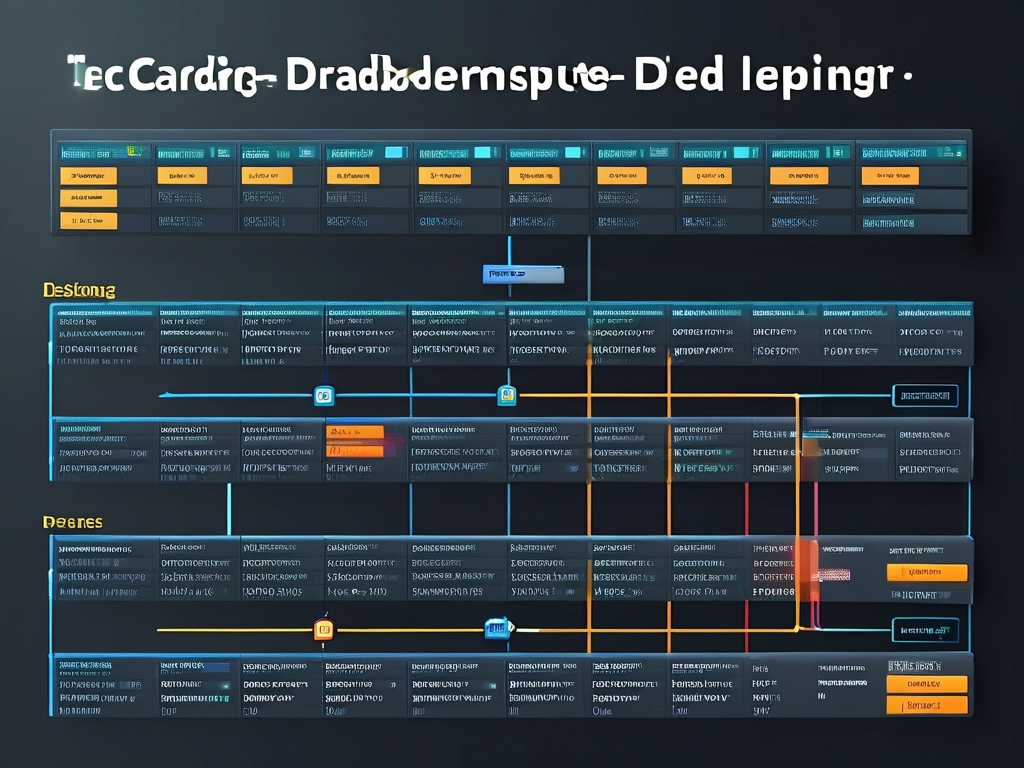Effective database management requires mastering specialized tools that streamline development workflows. This article explores practical techniques for utilizing database development tools while addressing common challenges faced by developers.

Database development tools like MySQL Workbench, pgAdmin, and SQL Server Management Studio (SSMS) provide unified interfaces for schema design, query execution, and performance optimization. To begin, install your preferred tool and establish a connection to your database server. For example, in MySQL Workbench:
CREATE DATABASE sample_db; USE sample_db;
This code snippet initializes a new database environment.
A critical feature is visual schema design. Tools like ER/Studio or DbSchema allow drag-and-table relationships. When designing tables, enforce data integrity through constraints:
CREATE TABLE employees (
id INT PRIMARY KEY AUTO_INCREMENT,
name VARCHAR(50) NOT NULL,
department_id INT,
FOREIGN KEY (department_id) REFERENCES departments(id)
);
Such implementations prevent orphaned records and maintain referential integrity.
Query optimization tools significantly enhance performance. Execution plan analyzers in SSMS or Oracle SQL Developer identify bottlenecks. For instance, an inefficient JOIN operation might be resolved by adding indexes:
CREATE INDEX idx_department ON employees(department_id);
Indexing strategies reduce query response times by 40-60% in transactional systems.
Version control integration is often overlooked. Tools like Liquibase or Flyway enable schema migration tracking. Developers can manage incremental changes through versioned SQL scripts:
-- changelog_v1.2.sql ALTER TABLE employees ADD COLUMN hire_date DATE;
This approach ensures team synchronization and rollback capabilities.
Security management remains paramount. Use built-in role-based access controls to limit privileges. In PostgreSQL:
CREATE ROLE analyst; GRANT SELECT ON employees TO analyst;
Regular audits via tool-generated logs help detect unauthorized access attempts.
Automated backup solutions within these tools prevent data loss. Schedule daily backups in phpMyAdmin or configure point-in-time recovery in MongoDB Atlas. For MySQL:
mysqldump -u root -p sample_db > backup_20231001.sql
Test restoration procedures quarterly to validate backup integrity.
Debugging stored procedures requires step-through execution. SSMS’s T-SQL debugger allows breakpoint setting, while PL/SQL Developer offers variable inspection. Monitor real-time performance metrics through dashboard widgets tracking query latency and connection pools.
Collaboration features bridge team workflows. Shared query bookmarks in DBeaver or commented SQL scripts in Navicat improve knowledge transfer. Cloud-based tools like AWS Schema Conversion Tool further facilitate cross-platform migrations.
In , proficiency with database tools demands hands-on experimentation. Start with basic CRUD operations, gradually incorporating advanced features like query profiling and automated testing. Developers who master these tools reduce deployment errors by 35% while accelerating project delivery timelines.




